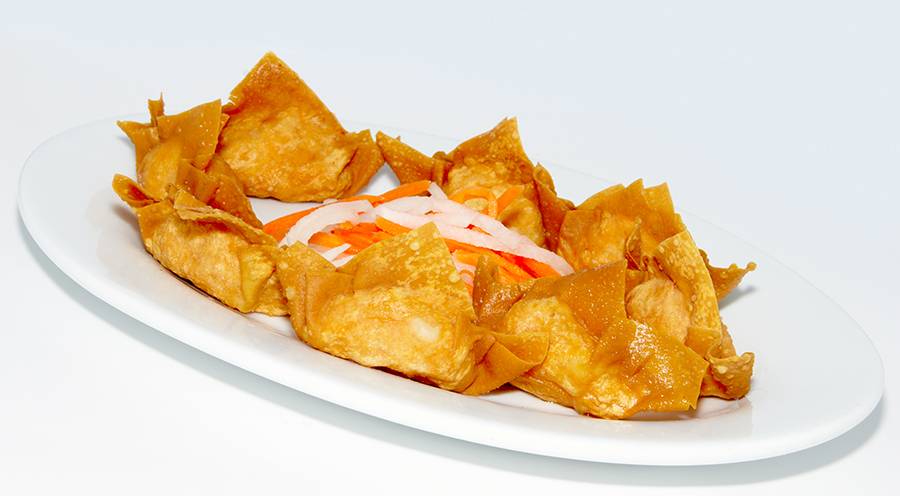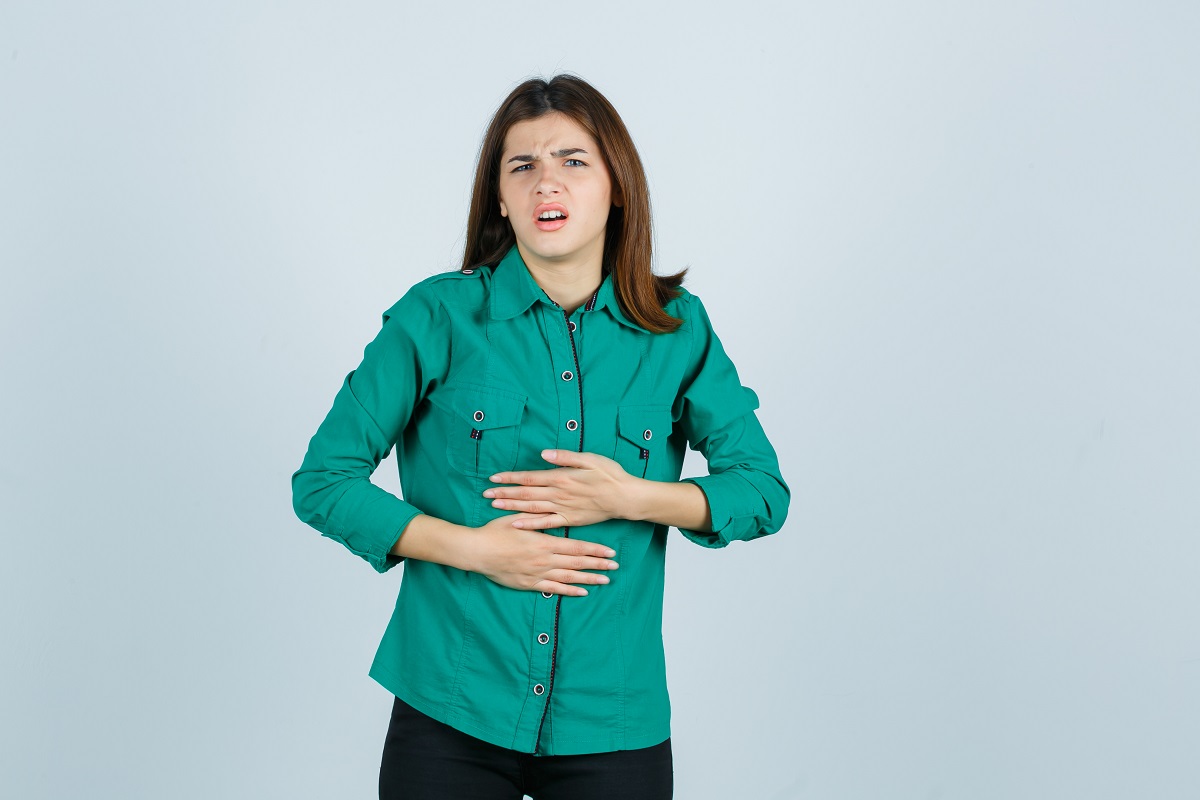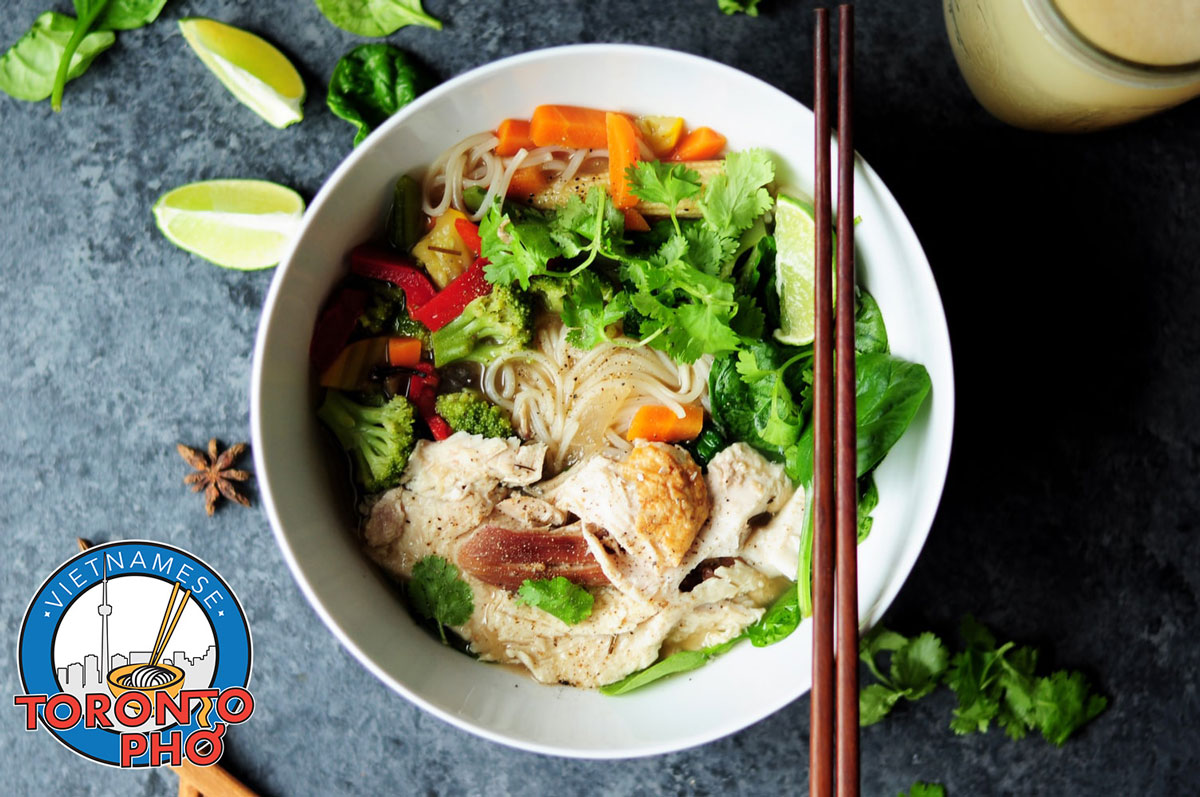
Street food in Vietnam easily sits among the best street food in the world. It’s unforgettably delicious and is comparable to any family recipes passed down through the generations. Local markets, rustic food joints, and mobile food carts all play a role in crafting a very healthy street food industry across Vietnam. Here is some of the more simple, uncomplicated street food in Vietnam, brought to Canada with a Western flair!
Oc
Oc is sea snails. Though popular in Vietnam, these are unlikely to be feature in Canada just because the seas are different. Snail restaurants with fresh snails and shellfish are very common within Vietnam, similar to what you may find on the Atlantic or Pacific coast. Oc can be cooked by frying, streaming, sautéing, or grilling.
Banh mi
Banh mi is a French baguette sandwich, sort of like a Vietnamese interpretation of a sub. You’ll find banh mi packing elements like pickled vegetables, fresh chili, coriander, and meat of course. Banh mi is on street corners everywhere in Vietnam and is highly popular among the local population. Egg, chicken, meatballs, and more – take your pick.
Che
Che is a Vietnamese sweet dessert which comes in many different kinds of colors, flavors, and forms. Some will enjoy it as a pudding while others will prefer it as a drink or soup. Che is a word without strict definition, to a degree. It is more or less a common mish-mash of coconut milk, sweetened beans, rice, colorful jellies, fruits, and more. These are sort of like a Vietnamese ice cream-esque beverage that goes down great on a hot day.
Read more: The Best Vietnamese Street Food with History Carried Over From Vietnam to Canada
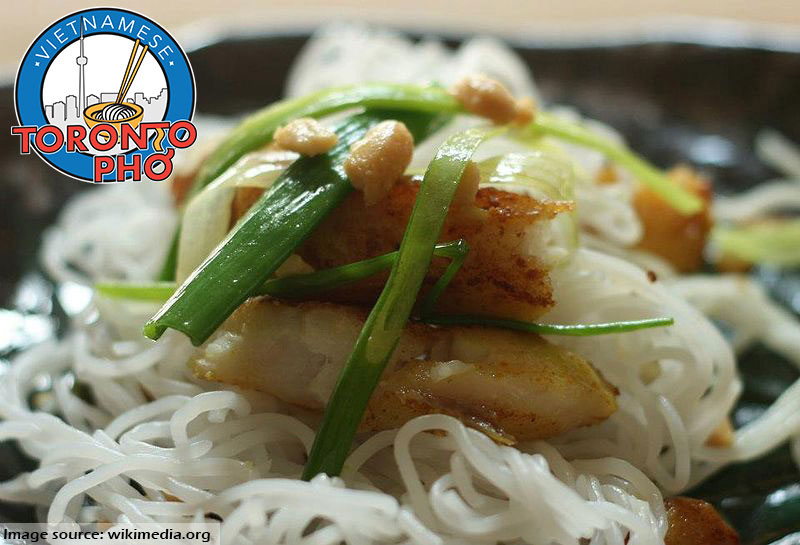
Vietnamese cuisine is immensely popular worldwide, pulling a little from French colonial-era cooking, street food, and more contemporary, modern influences.
Perhaps the most popular Vietnamese food is pho – otherwise known as a soup with broth, rice noodles, herbs, and beef, chicken, or another source of protein. Another preferred Vietnamese food is banh mi which is a baguette filled with the most savory ingredients.
There are other Vietnamese dishes though, slightly less popular, which are just as delicious. They are as common as the ingredients they pull from – usually lemongrass, ginger, mint, coriander, cinnamon, chili, lime, and basil. If you’re looking to continue delving into Vietnamese cooking without the usual following you around, try any of these Vietnamese meals.
Bun ca
Bun ca translates to ‘fish noodle’. In different regions of Vietnam, bun ca takes on a different meaning in terms of preparation. For most, it’s a soup noodle dish served with fried fish. The fish is fried – sometimes deep fried – to a golden perfection. It’s then added to a broth sometimes containing things like pineapple and a fish base.
Bun cha
Bun cha is a Vietnamese dish similar to Japan’s dip ramen. Consisting of rice vermicelli, bun cha is served with pork patties, vegetables, and usually a dip sauce which could pull from vinegar, green mango, salt, and pepper. Some Vietnamese restaurants soak up oil from serving bun cha in sauce which makes them even tastier!
Read more: 5 Vietnamese Dishes You May Not Have Ever Heard Of But Which Are Absolutely Delicious
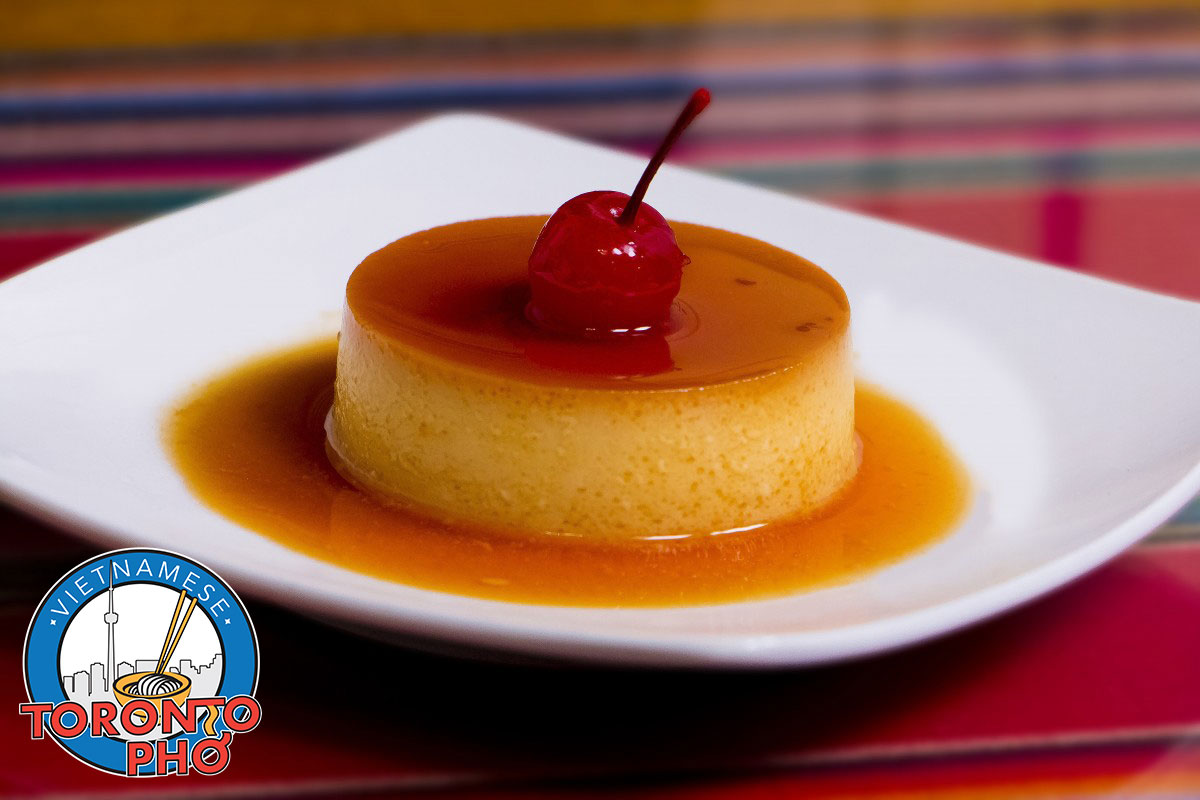
Flan, otherwise known as ‘banh flan’ or Vietnamese custard, is an underrated silky sweet treat and, for a lot of Vietnamese families, it’s their favourite dessert. It’s relatively easy to make and is absolutely delicious.
Flan, for those who don’t regularly splurge on it, is a type of custard made from a mix of milk, cream, egg yolks, and sugar. Baked in ramekins oftentimes lined with caramel sauce, the flan is removed from the oven once it has a soft texture. Flan requires heavy knowledge and careful detailing to make as the texture is very specific.
Vietnamese-style flan as is usually served in many Vietnamese restaurants does not pull from a pure Vietnamese background. What we mean by this is that flan did not originate in Vietnam. Flan’s origin story begins in ancient civilizations.
Egg was its main ingredient and at the time of Greeks, Romans, and ancient history, it was believed the consumption of eggs could help with preventing illnesses relating to the liver and kidneys, increase fertility, and resolve urinary tract problems among other health benefits. Although in this time period flan was never made, this philosophy as it came down through centuries of living was responsible for the development of the dessert.
During the Middle Ages, eggs rose in popularity as during Lent the obligation to fast prohibited consumption of certain foods while allowing participants to enjoy others. This further built on prestige given to eggs over centuries. It was during the Middle Ages that the first flan recipes originated – evidently having nothing to do with Vietnam. That said, flan made its way to the Vietnamese in early French colonization. As one will notice in a lot of aspects of Vietnamese cooking, French influence is evident. This is obvious in some of how pho was developed and common dishes just like it.
Read more: Where Does Vietnamese Flan Come From – See How This Silky Sweet Treat is Made
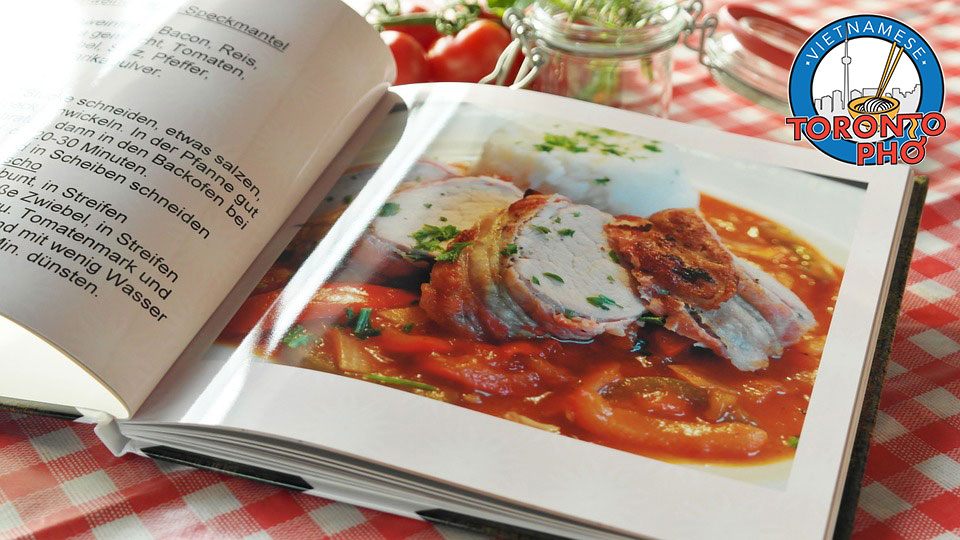
Trending worldwide, Vietnamese cooking has won a lot of attention for healthy, broth-based dishes like pho as well as for having philosophies prioritizing balance over oils, meats, or otherwise. For beginners in Vietnamese cooking or Torontonians who have recently fallen in love with Vietnamese from a restaurant outing, you can easily prepare some of the cooking on your own at home with the right guidance.
The rise in popularity of Vietnamese cuisine has meant a half-dozen very highly rated cookbook coming to market. These cookbooks are written by experienced Vietnamese chefs and usually focus on one of two approaches – either sharing traditional family recipes or adapting some Vietnamese classics to modern family kitchens in North America. From TorontoPHO, the best Vietnamese restaurant in the GTA, here are some of our favourites.
Vietnamese Food Any Day – Andrea Nguyen
Andrea Nguyen’s Vietnamese Food Any Day: Simple Recipes for True, Fresh Flavors is a recommended read for any dedicated starting Vietnamese chef. The New York Times featured cookbook contains 80 easy Vietnamese recipes that hinge on both tradition as well as cooking hacks. Andrea Nguyen is one of the world’s most critically acclaimed Vietnamese chef authors and in this arguable masterpiece, you will find takes on banh mi, rice paper rolls, classic Vietnamese pho, honey-glazed pork riblets, garlic chicken wings, turmeric coconut ice, and more.
Vietnamese Home Cooking – Charles Phan
Vietnamese Home Cooking is the first cookbook from award-winning Vietnamese chef Charles Phan. This cookbook shares fundamental techniques and ingredients in Vietnamese cuisine, inspired by traditional Vietnamese cooking. For home cooks, this is a fine exploration of robustly flavored, authentically prepared, and nuanced meals. Some of what you’ll find in Vietnamese Home Cooking includes crispy rolls, steamed dumplings, delicately flavored whole fish, and lemongrass beef stew.
Read more: What is the Best Vietnamese Cookbook for Beginners to Vietnamese Cooking – read here!
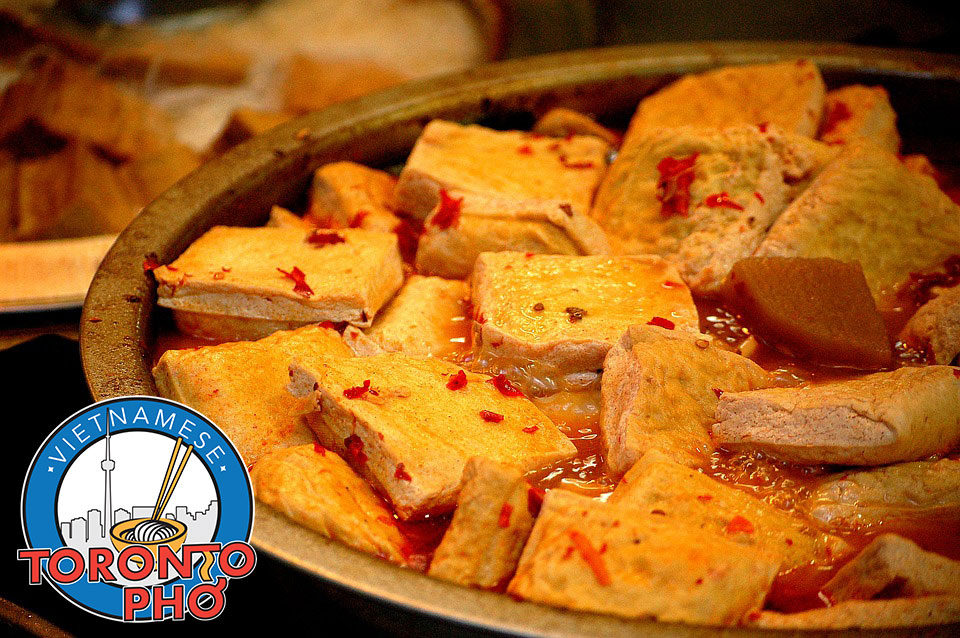
Fake meat and imitation meat have been making a lot of headlines lately. Brands like Gardein, Beyond Meat, Boca, Impossible Foods, Lightlife Foods, Incogmeato, and so many others are generating big business on the stock market. In grocery stores, we’re seeing a bit of a boom for meat alternatives.
In Vietnamese cooking, this imitation meat craze isn’t something we’re not privy to. That said, Vietnamese restaurants like TorontoPHO have been providing vegetarian and vegan options for a long time. Using tofu, aka bean curds and a form of protein alternative that’s been around fo decades, we use this sort of imitation meat in many dishes we make.
Tofu originated in China but has been used in Vietnamese cooking as well as Filipino, Korean, Indonesian, Japanese, Malaysian, Singaporean, and Thai. The main ingredient to tofu is soy milk, which coagulates and is then pressed into solid white blocks. These blocks can be silky, soft, firm, or extra firm.
Tofu itself has a very subtle flavor and to many, tofu on its own pretty much has no flavor. This makes it an ideal imitation meat in Vietnamese to marinate or season as needed, suiting whichever dish or meal it’s inputted in. The tofu is also highly absorbent, which means it takes on all sorts of flavors. Depending on how you want to prepare it, tofu can be the perfect meat substitute and is healthy.
Tofu has been used in Vietnamese cuisine or some variant of thereof for literal centuries. Tofu is low-calorie, contains a large amount of proteins, is high in iron, and also has a high calcium or magnesium content.
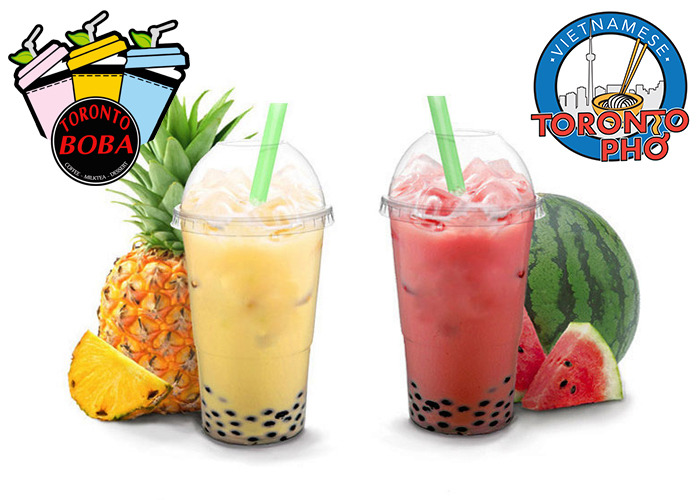
Bubble tea’s one of Toronto’s trendiest drinks this year and that’s with good reason. Rich in polyphenols, a natural plant chemical, bubble tea reduces inflammation, has antioxidants, and most importantly, tastes delicious. Half drink and half dessert, the best bubble tea in Toronto courtesy of TorontoPHO comes in the following varieties. Here’s why these are our favourites!
Strawberry
Who doesn’t love a nice, classic strawberry drink? Strawberry’s packed with vitamin C, manganese, folate, and potassium. They’re also very rich in antioxidants and plant compounds, providing benefits for the health, blood sugar control, and other internal systems.
Pineapple
Pineapple is a great bubble tea selection, with a delicious taste in addition to numerous health benefits. Pineapple is believed to reduce the risk of some cancers, suppress inflammation, and contains disease-fighting antioxidants.
Passion fruit
Passion fruit has key nutrients that make it an ideal bubble tea choice. Passion fruit is rich in antioxidants, is a good source of fiber, improves insulin sensitivity, supports heart health, and reduces anxiety. Passion fruit is one heck of a food!
Read more: Where to Find The Best Bubble Tea in Toronto – See All the Varieties!
More Articles ...
- Home-Style Cooking is a Thread through Vietnamese Cuisine, with Inspired and Tantalizing Dinners
- 9 Types of Vietnamese Noodles You Can Expect to Find in Some of Our Delicious Dishes
- Surprising Health Benefits to Eating Squid in Vietnamese Cooking
- How We Use Shrimp in Vietnamese Cooking and the Importance of the Sea in Cuisine
Page 38 of 52

















